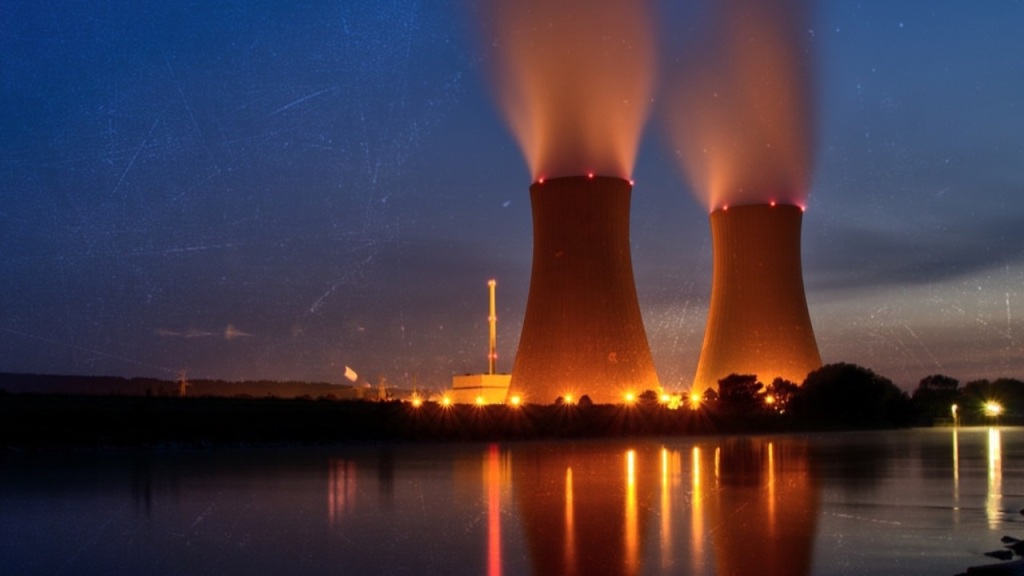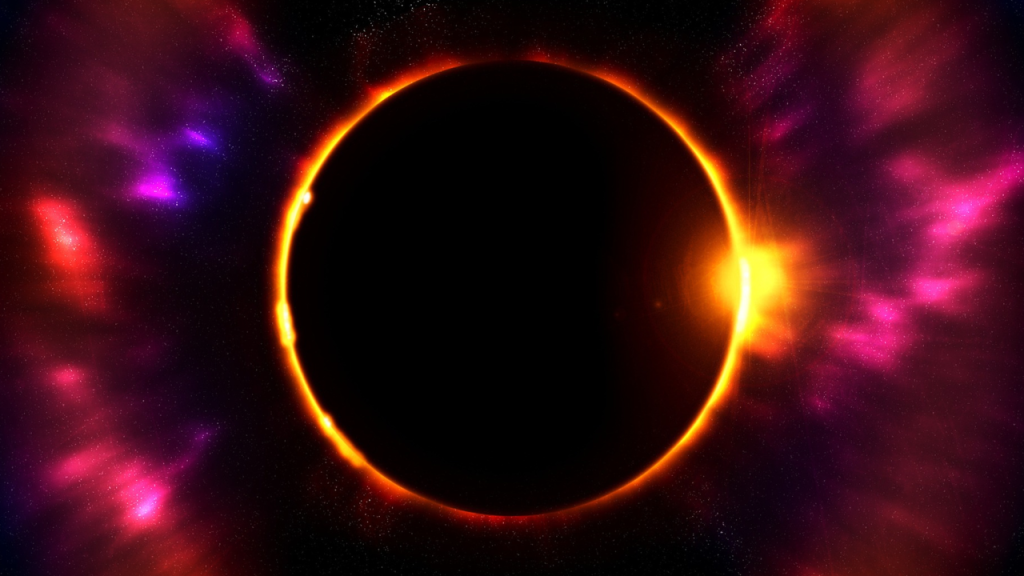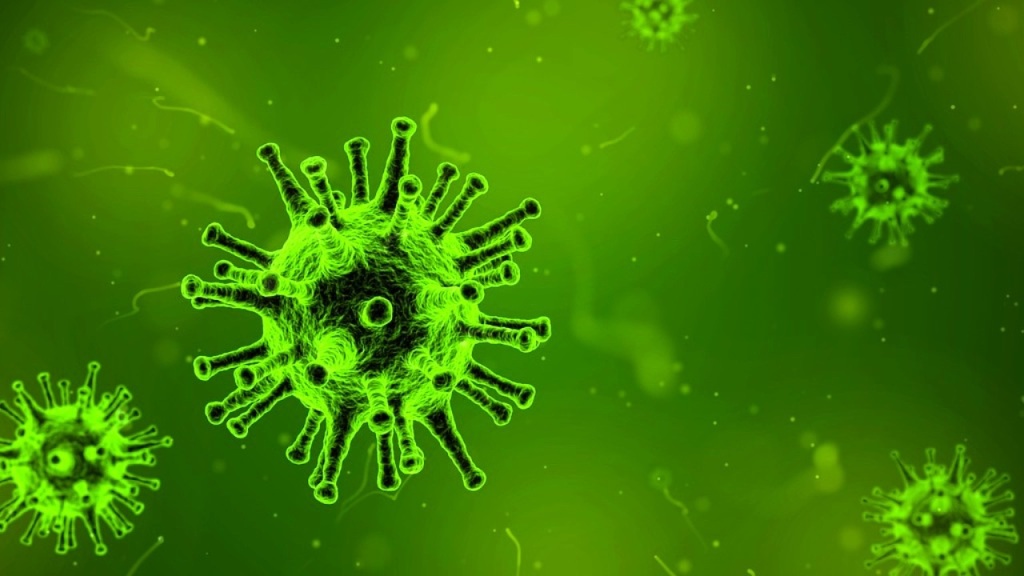In a world that increasingly demands affordable, renewable, and clean energy, one source stands out as the most reliable and efficient: nuclear power.
Nuclear Energy Has Already Worked
With over six decades of innovation and technological advancements, nuclear energy has been providing constant, carbon-free power to millions of Americans.
Since 1990, nuclear power has supplied roughly 20% of America’s energy. This energy source boasts the highest ‘capacity factor’ of any other energy source, meaning that nuclear plants can operate at maximum power more reliably than any other source.

A typical nuclear reactor produces 1 gigawatt of electricity. To match that with coal, you would need two 1-gigawatt facilities to output the same amount of electricity onto the grid. This means one nuclear plant produces more energy than 3 million solar panels and 400 wind turbines.
A Green Future
Nuclear energy is a “green” energy form, as nuclear power plants do not produce carbon dioxide or methane. Although it is not a renewable source, the identified uranium resources could last 230 years at the current rate, possibly surpassing 500 years as technology improves and more uranium deposits are found.
There exist three technologies that hold the potential to significantly extend the lifespan of current uranium resources, though they are not currently cost-effective. The first involves the extraction of uranium from seawater, a process that could potentially provide an additional 60,000 years worth of supply, based on current consumption rates.
The second technology is the development of fuel-recycling fast-breeder reactors. These advanced reactors utilize less than 1% of the uranium required by today’s light-water reactors. Consequently, they have the capability to maintain the current output of nuclear energy for a staggering 30,000 years.
A third option is nuclear fusion. A recent groundbreaking achievement has been made in the realm of nuclear fusion, as scientists at the UK-based JET laboratory have set a new world record. While current nuclear power plants harness energy through nuclear fission, nuclear fusion holds the promise of even greater energy potential if the right conditions can be met. In this recent experiment, nuclear fusion produced a record-breaking 69 megajoules of energy over five seconds – enough to power around 12,000 households for the same duration. This breakthrough in clean energy generation has instilled renewed optimism in the development of fusion energy, paving the way for future generations to benefit from a more sustainable and eco-friendly energy source than the world has ever seen.
Safety Concerns
Despite the common misconception that nuclear energy is unsafe, it remains one of the safest forms of energy on the planet. The mining, fabrication, facility construction, maintenance, and decommissioning of nuclear plants have one of the lowest safety impacts on workers and the public, on par with wind and solar. Every nuclear site is equipped with state-of-the-art technology to ensure optimal fuel performance and the availability of emergency cooling systems. The International Atomic Energy Agency says nuclear power plants are “the safest and most secure facilities in the world.”
The management of nuclear waste remains a concern for many people, as it must sit for at least 50 years before disposal. The cooling pools currently used often have less regulation than the reactors themselves, relying on flowing water to cool the spent fuel rods. After five years in a cooling pool, the fuel rods can be transferred to concrete and steel containers called dry casks.
Dry casks are generally safer because they use “passive” air cooling, whereas cooling pools require electrical systems to operate. Today, around 80 percent of nuclear waste sitting in cooling pools could be transferred to dry casks, lessening the risk of disaster.
The Nuclear Regulatory Commission found that transferring the spent fuel rods to dry casks could reduce accident-related cancers by a factor of 10, and the total amount of uninhabitable land by a factor of 50.
Going Forward
As we continue to strive for a sustainable future, the advantages of nuclear power make it a vital component in our pursuit of affordable, renewable, and clean energy.











Leave a comment